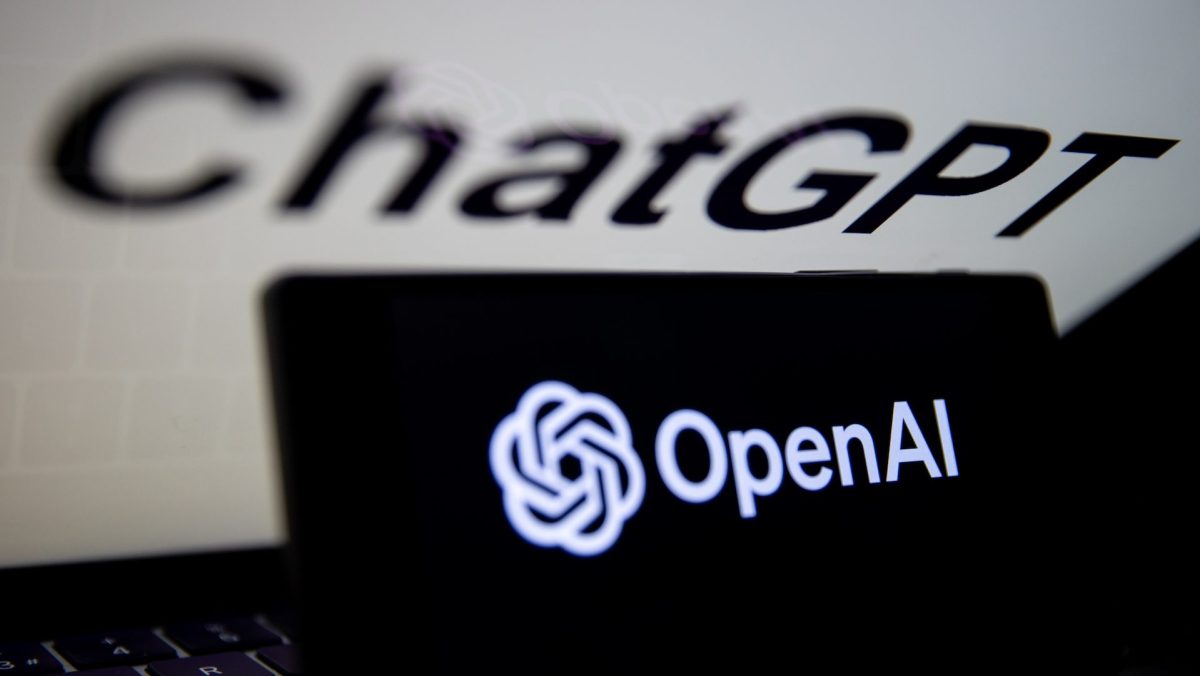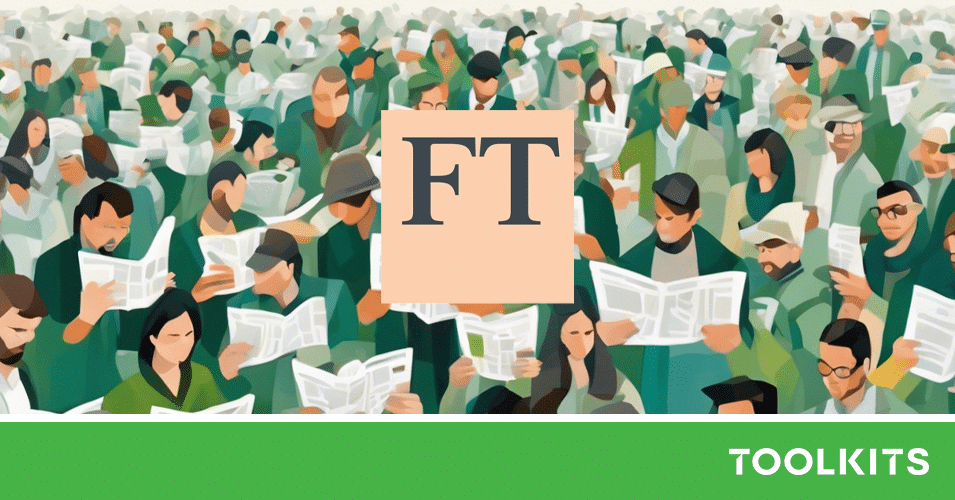- Digital Media Products, Strategy and Innovation by Kevin Anderson
- Posts
- Look at advertising and retail trends to understand what "killed traditional news operations"
Look at advertising and retail trends to understand what "killed traditional news operations"
Axios CEO Jim VanderHei pours some cold water on AI hype

Job cuts and closures across the media in the US, UK, and Canada in 2023 were, in the words of the Press Gazette, “brutal”, and 2024 is off to an equally rough start. In the US, job losses across digital, print and broadcast have led to some describing the situation as a market failure.
What is ailing digital, broadcast and print journalism is complicated. Certainly, news has been losing in the attention economy for quite a while. A 2010 analysis by Ken Doctor highlighted that users of the New York Times site spent roughly 20 minutes a month, which was better than the 8-10 minutes a month that audiences spent on most local news sites. In 2010, the average Facebook user spent seven hours on the social network, more than “40 times more time spent on social sites than on any single news site”, Ken said.
As internet analyst Mary Meeker pointed out for several years in her annual reviews, advertising follows attention. While these issues are connected, it is the loss of advertising that has and is disrupting journalism. The layoffs and closures in the past year have been because of a decline in ad revenue. As Australian media researcher Amanda Lotz recently wrote: “The development of more effective and efficient advertising tools is what killed traditional newspaper operations, not the circulation of news on social media.”
The erosion of the business of newspapers began long before the rise of social media and even digital media, which I have talked about before. Raw circulation for newspapers in the US peaked in about 1991, but if you look at newspaper ‘penetration’ - the number of copies sold versus the population in a circulation area - in the US, it peaked in the middle of the 20th Century and then declined. In 1950, penetration was 123%. That declined to 67% in 1990 and had dropped to 50% a decade later. Circulation declined as people turned to TV and eventually digital outlets and platforms. Advertising followed the attention.
I have another hypothesis that I really to research. I also believe that shifts in retail have dramatically changed patterns in advertising. The consolidation and nationalisation of retail eliminated many of the local advertisers that used to advertise in newspapers. There simply aren’t as many local independent businesses as there once were. When I looked through the back issues of the newspapers I published, it was incredible to see the number of local grocery stores that advertised. In one of the towns where I edited the newspapers, it was the headquarters of a regional department store chain, even though the town had a population of 50,000 people. Those local or regional department stores took out huge full-page ads in their local newspapers.
Another case in point, the sales director at that paper, the Sheboygan Press, told me that when he started in the 1980s, the store managers of even national chains had locally controlled advertising budgets. They could decide where they spent their advertising money whether it was spent at radio stations, outdoor, or the newspaper. By the time I was executive editor, all of the ad inserts were printed nationally and added to the Sunday newspaper. Now, it is just as likely that a major retailer like Target will rely on selling directly to customers via their app as advertising via flyers in newspapers.
This is why larger news and media organisations have pivoted to reader revenue. In the past week, The Atlantic has announced that they now get 2/3 of their revenue from readers rather than advertising. However, more could and should be done to innovate around advertising products and other revenue streams, and the opportunities to do this vary by the scale and market sector of the audience.
For large organisations like Bloomberg, first-party data has allowed them to end their use of programmatic advertising. The data hold for a very valuable audience provide them with a competitive moat.
After the pandemic, events are booming again, and this revenue stream works across publishing scales, from local independent publishers to larger publishers, as well as whether the publisher operates in the news, consumer or B2B sectors.
Publishers in the B2C space are seeing e-commerce as another opportunity, according to the UK Association of Online Publishers.
Space exists for innovation in both revenue and content products. Lotz goes on to say, “The commercial failure of news organisations is not due to their journalism product but because they are no longer nearly so strong a tool for attracting attention for advertisers.” That statement requires some unpacking. I agree that journalism is struggling in the attention economy, but I think there are issues around their journalism products. As FT Strategies and the Knight Lab recently found out, a gulf exists between the expectations of Gen Z audiences about how they want to receive their news and the products that currently exist. There is ample room to innovate around individual products and the product bundle as the New York Times is demonstrating.
And now onto the links for the week. The AI developments continue to come quickly. The Financial Times became the latest major publisher to ink a deal with OpenAI. They will receive attribution for the user of their journalism, and the FT sees this as an opportunity to learn how generative AI will be used to discover content. Their openness to experimentation and learning shows how confident they are.
The FT can be confident because it was early to pivot to reader revenue. Financial information and analysis that the FT provides sits on the information wants to be expensive end of the spectrum. The FT has become famous for its North Star framework, in part, because it markets that framework as part of its consulting business, FT Strategies. This new metric includes: “FT.com’s paying digital audience; FT Specialist paying subscribers; FT Live paying attendees; FT newspaper circulation (retail and subscribed print sales) and FTChinese.com paying subscribers.” If a customer is subscribed to multiple products, they are counted twice because it reflects the total revenue of the group.
As I mentioned above, The Atlantic has announced that it has reached profitability and now earns two-thirds of its revenue from readers. CEO Nicholas Thompson isn’t breaking out the champagne and instead highlighted that he will continue his disciplined approach. He isn’t going on a hiring spree.
For The Guardian, a 16% decline in advertising revenue has put pressure on its business, forcing it to seek a small number of redundancies (layoffs for my US readers). For a lot of publishers, I wonder how much they will pivot away from advertising and how permanent that will be.
While big players like the Associated Press, Axel Springer and the FT are striking deals with OpenAI, other newspapers are taking a different approach. As I wrote in Pugpig’s Media Bulletin last week, three approaches seem to be developing amongst publishers:
Licencing deals
Lawsuits
or BYO - build your own, strategies that B2B players like Bloomberg and business-of-media site Skift are pursuing.
In this lawsuit, eight newspapers owned by hedge fund Alden Global Capital accuse the tech companies of violating their copyright by using their content to train their models.
Colour Axios CEO Jim VanderHei sceptical of AI. He and his company spoke to all of the AI heavies.
I walked away from those conversations is, you’ve got six or seven of the biggest companies in the history of humanity collectively pouring trillions of dollars into a technology that right now, I would say, is a little janky. It’s not that impressive right now.
Sounding very much like Wrexham’s Phil Parkinson, he says that AI will write a bunch of commoditised content, which “which I think are fucked anyway”, VanderHei said. It’s a useful contrary position, and VanderHei has launched two very successful media brands so he’s difficult to write off.
An interesting stance on how AI will be added to publishing tools. “Primarily, our AI tools streamline editorial workflows by automating routine tasks such as translating, tagging, categorization, titles, and summaries, which frees up journalists’ time.”
I am going to make a link social media and AI. A YouGov poll found 48% of Brits view AI in journalism negatively, and only 6% believe it will do more good than bad. Across the Atlantic, Americans want the government to make social media better. The
I’m writing this on Beehiiv, and they made some news last week, announcing a new funding round. The newsletter space continues to be a space for growth.








